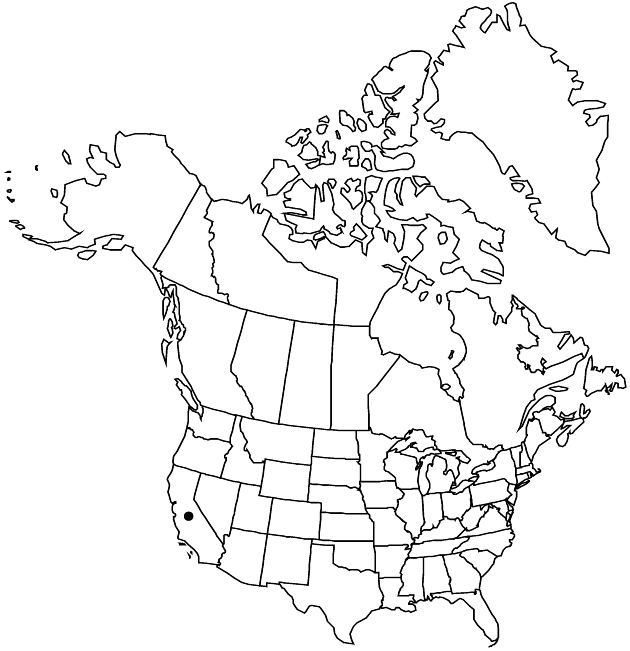Difference between revisions of "Erigeron sanctarum"
Proc. Amer. Acad. Arts 24: 83. 1889.
FNA>Volume Importer |
imported>Volume Importer |
||
| (5 intermediate revisions by 2 users not shown) | |||
| Line 8: | Line 8: | ||
}} | }} | ||
|common_names=Saints fleabane | |common_names=Saints fleabane | ||
| + | |special_status={{Treatment/ID/Special_status | ||
| + | |code=E | ||
| + | |label=Endemic | ||
| + | }} | ||
|basionyms= | |basionyms= | ||
|synonyms= | |synonyms= | ||
| Line 33: | Line 37: | ||
-->{{#Taxon: | -->{{#Taxon: | ||
name=Erigeron sanctarum | name=Erigeron sanctarum | ||
| − | |||
|authority=S. Watson | |authority=S. Watson | ||
|rank=species | |rank=species | ||
| Line 47: | Line 50: | ||
|publication title=Proc. Amer. Acad. Arts | |publication title=Proc. Amer. Acad. Arts | ||
|publication year=1889 | |publication year=1889 | ||
| − | |special status= | + | |special status=Endemic |
| − | |source xml=https:// | + | |source xml=https://bitbucket.org/aafc-mbb/fna-data-curation/src/2e0870ddd59836b60bcf96646a41e87ea5a5943a/coarse_grained_fna_xml/V19-20-21/V20_712.xml |
|tribe=Asteraceae tribe Astereae | |tribe=Asteraceae tribe Astereae | ||
|genus=Erigeron | |genus=Erigeron | ||
Latest revision as of 21:05, 5 November 2020
Perennials, 5–40 cm; rhizomatous (fibrous-rooted) or perhaps obscurely taprooted (taproots/primary axes not evident in collections), forming systems of relatively slender rhizomes or rhizomelike caudex branches. Stems erect (bases greenish), sparsely hirsuto-villous (hairs usually retrorse), eglandular. Leaves basal (persistent) and cauline; (bases greenish) proximal blades oblanceolate to oblanceolate-spatulate, 20–50 × 3–10 mm, gradually reduced distally, becoming linear (rarely slightly subclasping), margins entire, faces sparsely villous-hirsute, eglandular. Heads 1(–3). Involucres 6–9 × 12–17 mm. Phyllaries in 3–4 series, densely villous to hirsuto-villous, eglandular. Ray florets 45–90; corollas blue to purple, 7–13 mm, laminae not coiling or reflexing. Disc corollas 5–6.5 mm. Cypselae 1.5–2.2 mm, 2-nerved, faces sparsely strigose; pappi: outer of setae, inner of 18–25 bristles.
Phenology: Flowering Mar–Jun.
Habitat: Usually in sandy sites, grassy openings in pine woods, burned areas on sandy mesas and ridges, commonly in sagebrush, chaparral, and coastal scrub, often with Adenostoma, Ceanothus
Elevation: 50–400 m
Discussion
An unequivocal observation of the mode of perennation of this species has not been made.
Selected References
None.
